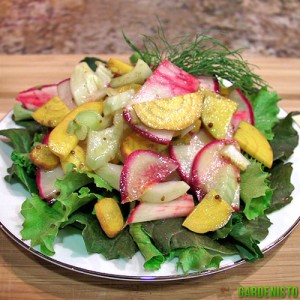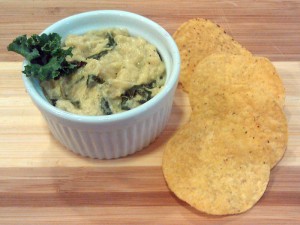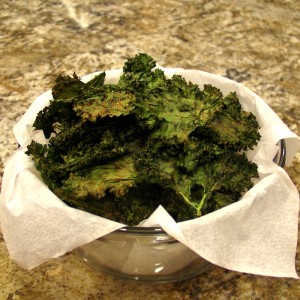Hydroponic Basics
Photo Credit: Keith Knoxsville
A Hen and a Drake Green Teal on the truck bed. Not a limit on anything, but a fun morning out.
Benefits
I’ll get to some of the potential drawbacks of a hydroponic system in a minute, but for now this is what a hydroponic system can offer you.
Stable, large yields – Hydroponics systems are capable of producing large and stable yields
No soil needed – No more dirt, composting, potting soil, amendment,
Irrigation Costs – Water is reusable in many systems, and more efficient watering, can drive your water usage costs down.
Plant nutrition and Nutrition Costs are easily managed
Pollution – No nutrition pollution from fertilizers, is released into the environment because of the controlled system
No Pests – Soil born pests and insects, as well as plant diseases are easily managed in a hydroponic system
Easier harvesting – Harvesting is often a simple process, as well as a dirt free mess.
No pesticides – Without pests, you can grow vegetables pesticide free
Plant Mobility – Unlike garden plants, hydroponic grown plants are not rooted permanently, and plants can be moved.
Cons
There are of course a few drawbacks to using a hydroponic system. Although, after some basic technical education on the type of hydroponic system you choose to use most of these drawbacks become non-issues. The major considerations that prevent people from using a hydroponic system are:
System Cost – Costs can be near nothing from home made systems, to large technical systems ranging into the thousands.
Energy Requirements – The power required to pumps, bubblers, optional lighting, transformers, timers, and electronics can become cost prohibitive
System failures – System failure can lead to rapid plant, or entire crop failure.
Special equipment and containment on a plant to plant basis required for proper plant nutrition – Different plants have different needs, and may require different systems or schedules of watering, ebb and flow, etc.
Requires technical knowledge of potentially complicated systems versus a standard garden – It isn’t just dirt, light, and water anymore. These systems require nutrient solution monitoring, ph monitoring, and in some cases mechanical maintenance.
The Basic Types of Hydroponic Systems
There are quite a few types of hydroponic systems and hybrid systems out there, but the most common are Deep Watering, Ebb and Flow, and Continuous Flow. Plant type, size, and growing space are all factors for choosing your type of system.
DWS or Deep Water System – Deep Watering utilizes static nutrient solution that is infrequently replaced. The nutrient solution is heavily aerated with a bubbler, and the roots are constantly submerged in the nutrient solution. The liquid is concealed from lighting to prevent other plant life from growing in the solution.
Flood & Drain or Ebb & Flow – This system fills a container until either plant roots or a watering medium like rock wool has become saturated, then drains the system, creating a timer controlled watering cycle from the bottom up.
Continuous Flow or Nutrient Film Solution – This system constantly moves a nutrient bath past the roots of plants. The system is often aerated, and the nutrient solution filtered and cycled via a large tank reservoir.
Tags: basics, hydroponics


